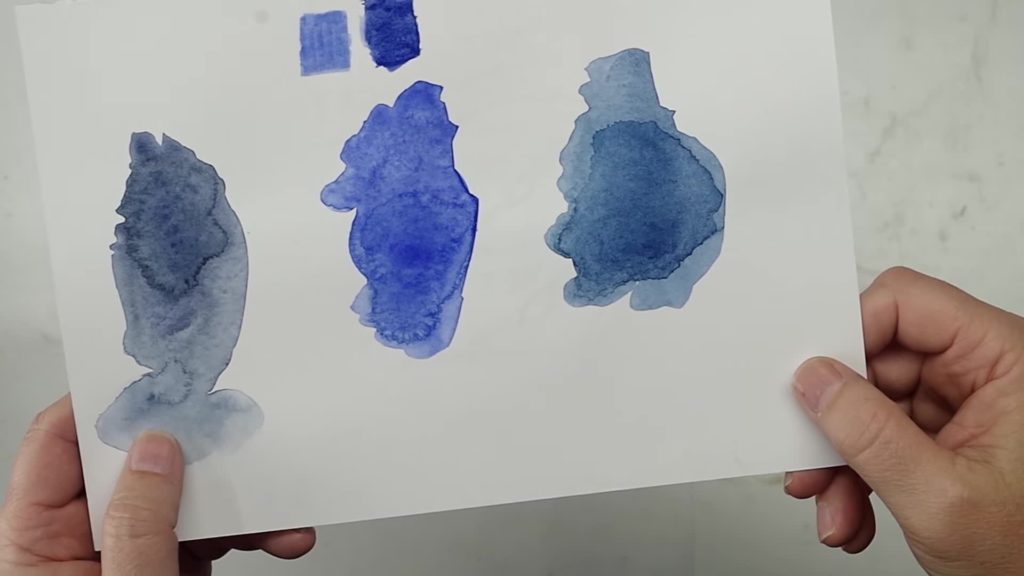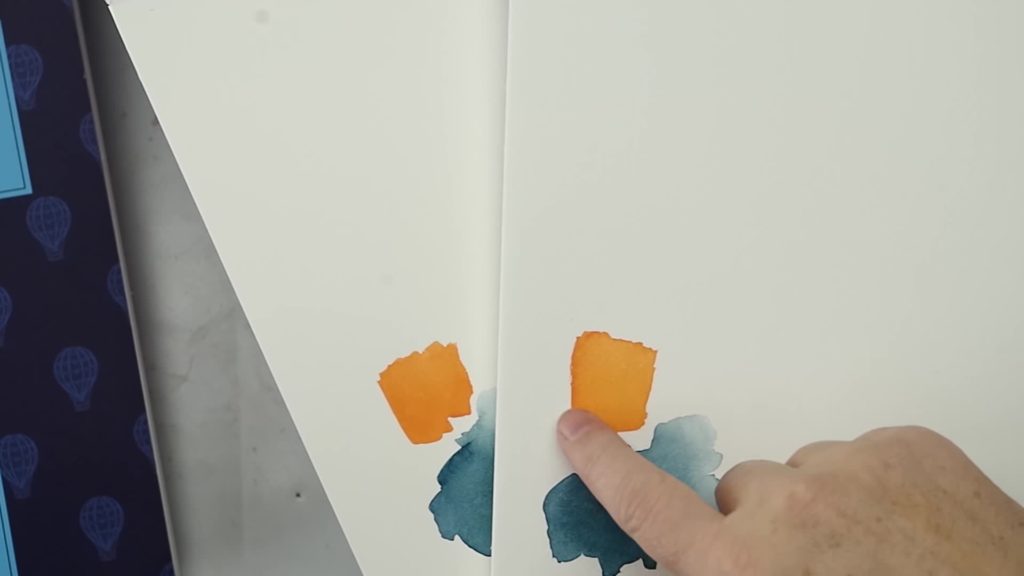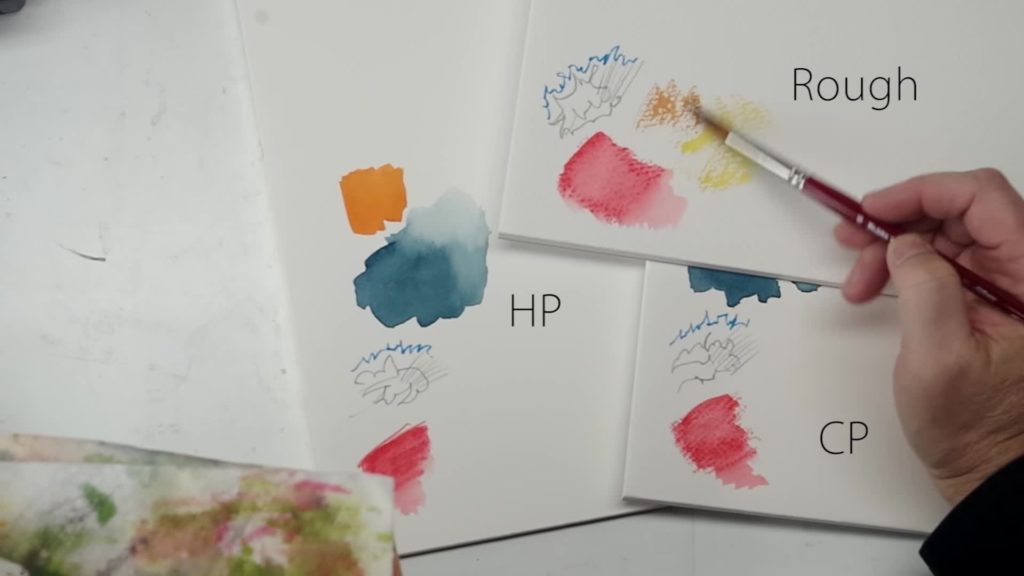The type of watercolor paper you choose can make a huge difference in the outcome of your painting. It is important to know what your options are before you start shopping for one so that you don’t end up with a product that doesn’t suit your needs.
Professionals often use hot-press paper because it has a smooth surface and is very durable. On the other hand, cold press paper has more texture than hot press and will absorb more water, which means they’re easier to work with for beginners but less durable. Rough paper has an uneven surface, and it’s usually used by artists who prefer the texture of watercolor paper over other types because it lends a sense of authenticity to their work.
Cold-press paper
Cold-press paper is the most popular type of watercolor paper. It has a smooth surface and can be found in all sizes, from small pads to large sheets for murals. The key feature of cold press paper is that it’s made without high heat or chemical treatments which helps maintain its natural texture, so it doesn’t buckle when wet and doesn’t warp over time like hot press papers do.

This also means there are fewer chemicals on the surface, so it is more archival than other surfaces. Cold-press papers have good value because they provide artists with an economical material (less expensive) to create works while still maintaining quality art materials abilities.
Cold press paper is a finer, smoother variation on its hot pressed counterpart. Cold rollers or plates are used to create the texture of cold press paper, which leaves it with an attractive tooth and slight shine that makes it perfect for delicate projects like watercolor paintings.
Because of the high level of texture, the cold press is most desirable for detailed work and finer washes. It’s also used by watercolor artists who prefer a textured surface that doesn’t buckle with water or warp over time as hot-press papers do. The lack of sheen on cold press paper makes it perfect for delicate projects such as paintings where you want to retain the detail in your colors without making them too shiny.
Hot-press paper
Hot-pressed paper is a smooth surface with no texture, made from high heat and pressure. Hot pressed paper is the best choice for highly detailed illustrations, printmaking, etching, drafting, and sketching. It’s perfect for watercolor pencils too!
This type of watercolor paper also doesn’t buckle when wet, so you can use heavy washes that keep it flat over time. Hot-press papers are more expensive because they have been treated with chemicals that make them archival and acid-free but still less acidic than most surfaces. These treatments add value by preserving your artwork for many years to come while maintaining its original appearance.

Hot-press paper is a smoother variation on its cold-pressed counterpart, which has been cooked in high heat and pressure to create a smooth surface. The process leaves it with an attractive sheen that makes hot press watercolor papers perfect for all types of media, including acrylic, gouache, ink, tempera, pencils, charcoal…anything!
This type of finish gives you a crisp edge that botanical artists desire. The paper will hold up to the detail work required of this type of art, like shades and different textures in leaves or petals. Cold press papers are also great for making these beautiful pieces, but they may not provide as much texture and contrast on finer details with their more matte appearance competitor.
Rough watercolor paper
Rough watercolor paper is the least popular type of watercolor paper because its texture and coarse surface make it difficult to paint on.
It doesn’t have a smooth surface and can be found in all sizes like a hot press, but not as much variety for different projects. This type of paper also isn’t archival or acid-free, so you should avoid using this surface if possible.
In my opinion, rough shares almost all of the same characteristics with cold press. However, it’s just a little more texture than is on offer from its counterpart paper. If you like what is offered by the cold press but want to take things one step further, then try out some rough!

There’s no reason to paint on rough paper if you’re only looking for texture. If you want the painting to look like it was done spontaneously with a dry brush and don’t need as much detail in your work, then this would be an ideal type of surface.
I’ve found that there are benefits other than just adding more textural interest to my paintings. Still, they may not appeal enough unless one goes after some specific effects or wants their landscape pieces loose rather tight-looking landscapes, which many artists do nowadays out of personal preference.
Best type of watercolor paper for beginners
Cold Press is one of the most popular papers to choose from if you’re not sure what exactly your preferred style will be yet. It’s also great for beginners who don’t know what material suits them best just yet – they’ll have plenty more options before picking their favorite art form later down the road.
Why paint on cold press? Well, a lot of people think it’s the most versatile paper because you can use any type and medium with this type. You could be an oil painter or watercolor artist; both would work well for this kind of surface!
Cold press paper is also the best option if you’re using watercolor pencils because it’s not rough like its counterpart, making details much easier to see.
Final words
Choosing the right watercolor paper can be difficult for beginners because of all the different options. If you are just starting out in art, I suggest going with a cold-press variant so that it’s more versatile and not too rough on your paintbrushes.
If you are using watercolor pencils or looking for a smooth finish, go for hot-press watercolor paper. This type of paper is also a great option for botanical artists looking to preserve details on their subject.
If you are going after a more textured painting, then try out rough watercolor paper – it’s not the best in every situation but can be used if you specifically want that look.
The decision ultimately depends on what your goals are and what you plan on using the paper for. You should know yourself better than anyone else, so judge accordingly!
